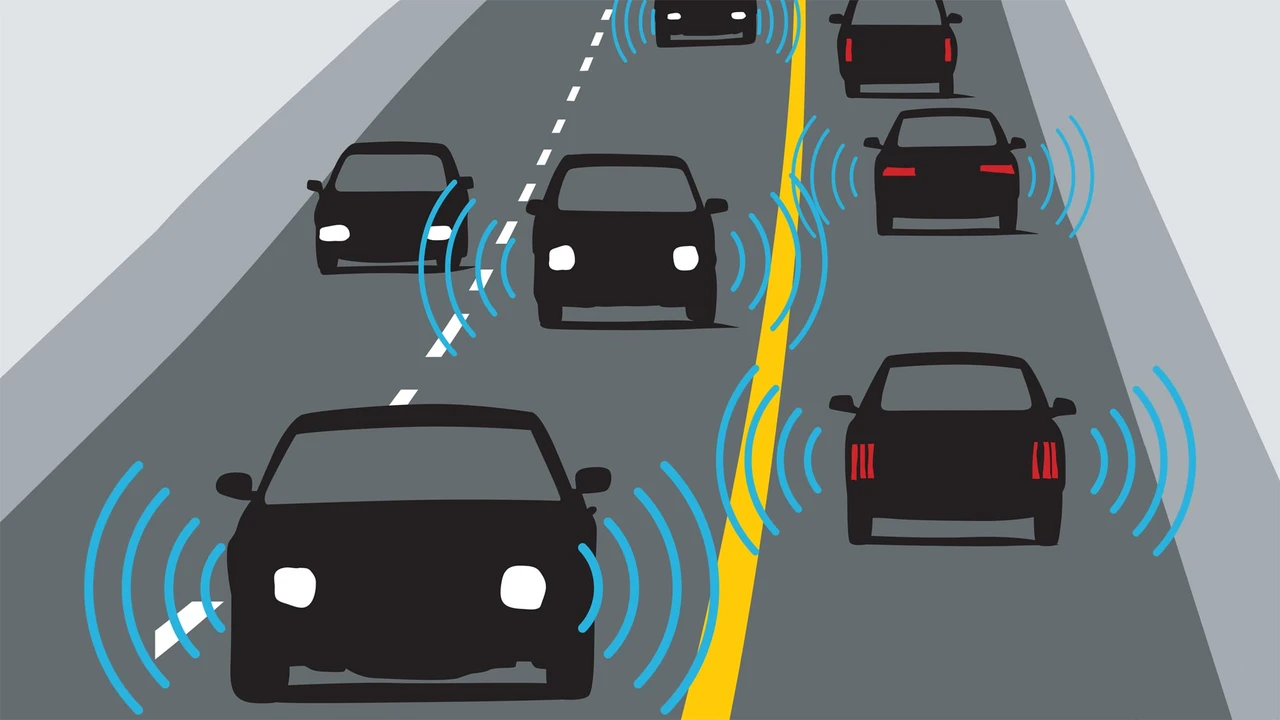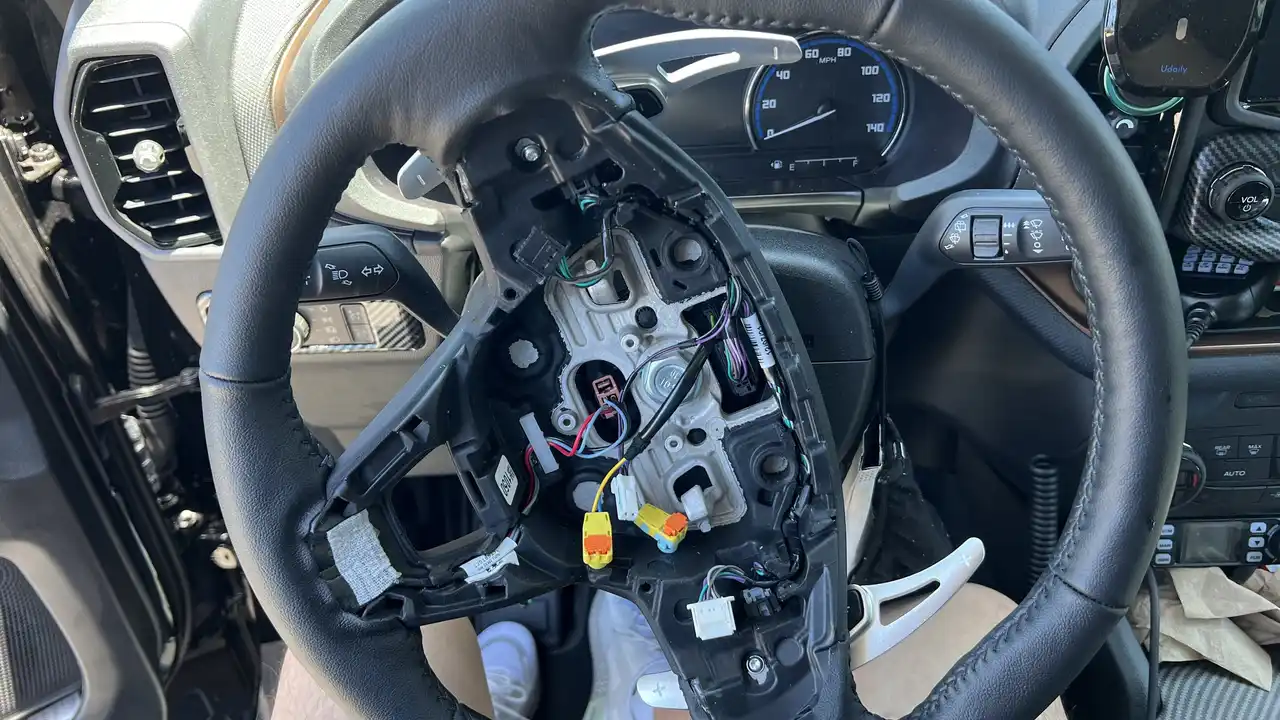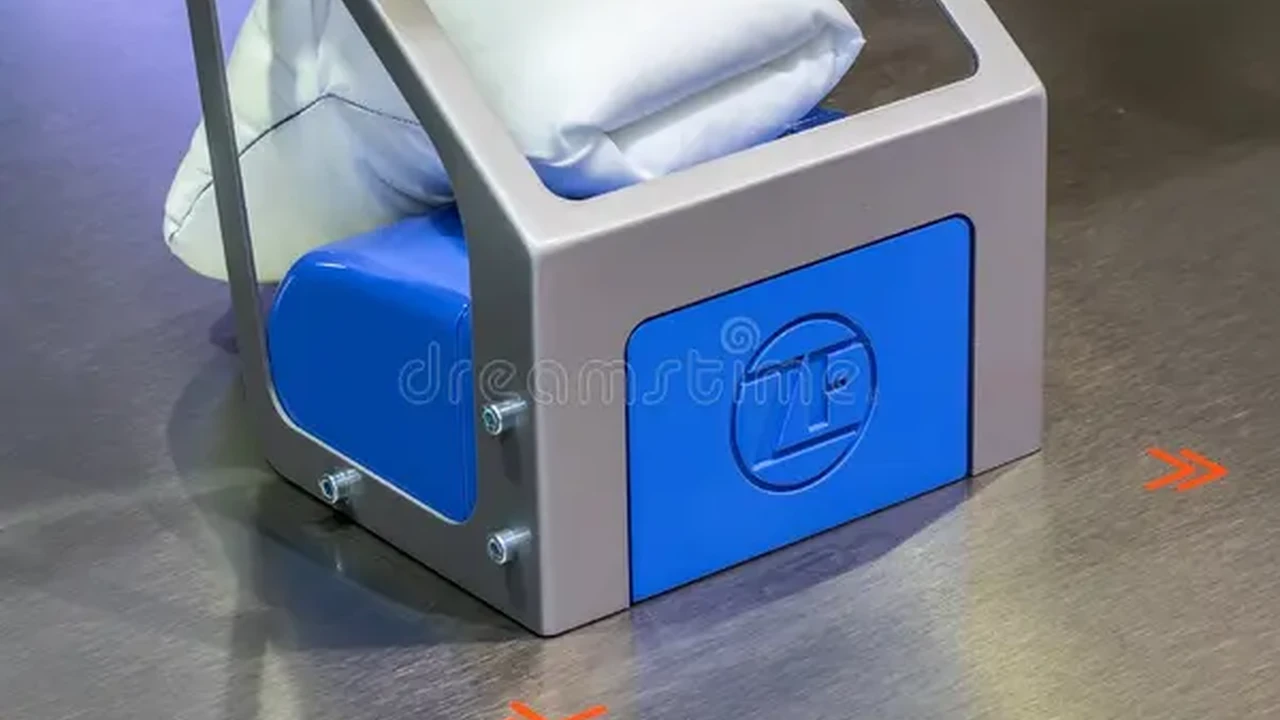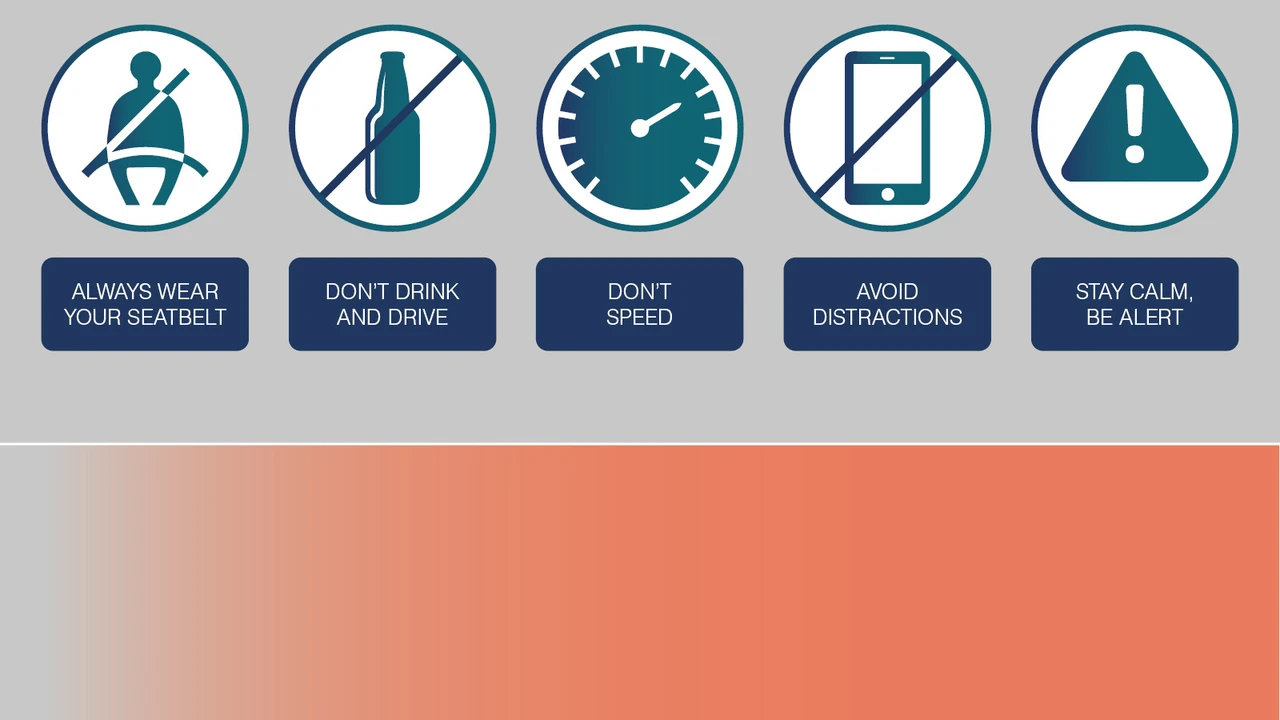Are Advanced Driver-Assistance Systems Worth the Extra Cost?

Understanding Advanced Driver Assistance Systems ADAS Technology and Their Benefits
So, you're thinking about getting a new car, and you're seeing all these acronyms thrown around: ADAS, ACC, LKA, BSM. What does it all mean? Essentially, Advanced Driver Assistance Systems (ADAS) are a collection of electronic technologies designed to enhance vehicle safety and driver convenience. They're not meant to replace the driver, but rather to assist them, making driving safer and less stressful. Think of them as a co-pilot that's always paying attention.
These systems use sensors like radar, cameras, and lidar to monitor the vehicle's surroundings and provide warnings or even take corrective action to prevent accidents. They can do everything from automatically braking to avoid a collision to keeping you in your lane on the highway. The benefits are pretty clear: reduced accidents, fewer injuries, and potentially lower insurance premiums (though that's not always guaranteed!).
Adaptive Cruise Control ACC A Deep Dive into Maintaining Safe Following Distances
Adaptive Cruise Control (ACC) is a game-changer for long drives. It's cruise control, but smarter. Instead of just maintaining a set speed, ACC uses radar to maintain a safe following distance from the car in front of you. If the car ahead slows down, your car automatically slows down too. If they speed up, you speed up (up to your set speed, of course). This is incredibly helpful in stop-and-go traffic or on long highway stretches where traffic density fluctuates.
Imagine you're driving on the highway and traffic starts to bunch up. With regular cruise control, you'd have to constantly disengage and re-engage the system. With ACC, you can just relax and let the system manage the speed for you. It's a huge stress reliever and can help prevent rear-end collisions.
Lane Keeping Assist LKA and Lane Departure Warning LDW Staying Centered and Safe
Lane Keeping Assist (LKA) and Lane Departure Warning (LDW) are two related technologies that help you stay in your lane. LDW is the simpler of the two. It uses cameras to monitor lane markings and alerts you if you start to drift out of your lane without signaling. The alert can be a visual warning, an audible beep, or even a vibration in the steering wheel.
LKA goes a step further. In addition to warning you, it can also gently steer you back into your lane if you start to drift. It's not a self-driving system, and you still need to actively steer, but it can be a valuable safety net if you're distracted or fatigued.
Blind Spot Monitoring BSM Enhancing Awareness in Your Peripheral Vision
Blind Spot Monitoring (BSM) uses sensors to detect vehicles in your blind spots. When a vehicle is detected, a warning light illuminates in your side mirror. Some systems also provide an audible warning if you try to change lanes when a vehicle is in your blind spot. This is a huge help, especially in heavy traffic or on multi-lane highways.
BSM significantly reduces the risk of accidents caused by not seeing a vehicle in your blind spot. It's a simple but effective technology that can make a big difference in your safety.
Automatic Emergency Braking AEB Preventing Collisions Through Autonomous Intervention
Automatic Emergency Braking (AEB) is one of the most important ADAS features. It uses sensors to detect potential collisions with vehicles, pedestrians, or cyclists. If the system detects an imminent collision and you don't react quickly enough, it will automatically apply the brakes to help mitigate or avoid the impact. AEB can significantly reduce the severity of accidents and, in some cases, prevent them altogether.
Think of it this way: you're driving down the street and a pedestrian suddenly steps out in front of your car. You might not have time to react in time, but AEB can detect the pedestrian and apply the brakes before you even have a chance to hit the pedal. It's a life-saving technology.
Parking Assist Systems Simplifying Maneuvering in Tight Spaces
Parking Assist Systems come in various forms, from simple rear-view cameras to fully automated parking systems. Rear-view cameras provide a visual aid when backing up, making it easier to see obstacles and avoid collisions. More advanced systems use sensors to detect parking spaces and automatically steer the car into the space. You just control the acceleration and braking.
If you're someone who struggles with parallel parking or navigating tight parking garages, a parking assist system can be a huge help. It can make parking less stressful and reduce the risk of damaging your car.
Specific ADAS Product Recommendations and Comparisons
Mobileye 8 Connect: A Retrofit ADAS Solution
If you don't have a new car with built-in ADAS features, you can still add some of these technologies to your existing vehicle with aftermarket systems. One popular option is the Mobileye 8 Connect. This system uses a camera mounted on your windshield to provide features like forward collision warning, lane departure warning, and pedestrian detection. It's a great way to improve the safety of your older car.
Pros: Affordable, easy to install, adds valuable safety features to older vehicles.
Cons: Not as integrated as factory-installed systems, may require professional installation.
Typical Price: $800 - $1200
Garmin DriveAssist 51 LMT-S: A Dash Cam with ADAS Features
The Garmin DriveAssist 51 LMT-S is a dash cam with built-in ADAS features. It records video of your drives and also provides forward collision warning and lane departure warning. It's a convenient way to add both recording capabilities and some basic ADAS features to your car.
Pros: Combines dash cam and ADAS functionality, relatively affordable.
Cons: Limited ADAS features compared to more comprehensive systems, relies on camera-based detection.
Typical Price: $300 - $400
Factory-Installed ADAS Packages (Examples from Toyota, Honda, and Subaru)
Many new cars come with ADAS packages as standard or optional equipment. Here are a few examples:
* Toyota Safety Sense (TSS): Includes pre-collision system with pedestrian detection, lane departure alert with steering assist, automatic high beams, and dynamic radar cruise control. Often standard on many Toyota models. * Honda Sensing: Includes collision mitigation braking system, road departure mitigation system, adaptive cruise control, lane keeping assist system. Commonly found on Honda vehicles. * Subaru EyeSight: Includes pre-collision braking system, adaptive cruise control, lane keep assist, and lane departure warning. A signature feature on many Subaru models.Pros: Fully integrated with the vehicle, often more comprehensive and reliable than aftermarket systems.
Cons: Can significantly increase the price of the vehicle, may require purchasing a higher trim level.
Comparing Different ADAS Systems and Their Performance
The effectiveness of ADAS systems can vary depending on the manufacturer, the specific technology used, and the driving conditions. For example, camera-based systems may struggle in low-light or inclement weather. Radar-based systems are generally more reliable in adverse conditions but may have limitations in detecting pedestrians or cyclists.
It's important to research the specific ADAS systems offered on the cars you're considering and read reviews from reputable sources like the Insurance Institute for Highway Safety (IIHS) and the National Highway Traffic Safety Administration (NHTSA). These organizations conduct rigorous testing of ADAS systems and provide valuable information on their performance.
The Cost Factor Is ADAS Worth the Investment
The cost of ADAS can range from a few hundred dollars for an aftermarket system to several thousand dollars for a new car with a comprehensive ADAS package. It's important to weigh the cost against the potential benefits. While ADAS can help prevent accidents and reduce injuries, it's not a guarantee of safety. You still need to be a responsible and attentive driver.
Consider your driving habits and the types of roads you typically drive on. If you do a lot of highway driving, adaptive cruise control and lane keeping assist might be particularly valuable. If you live in a city with heavy traffic, blind spot monitoring and automatic emergency braking could be life-savers. Ultimately, the decision of whether or not to invest in ADAS is a personal one. But understanding the technologies and their potential benefits can help you make an informed choice.
ADAS Usage Scenarios Real-World Applications and Benefits
Let's paint a few pictures of how ADAS can help in everyday driving situations:
* Scenario 1: Rush Hour Commute: You're stuck in stop-and-go traffic. ACC automatically adjusts your speed to maintain a safe following distance, reducing the stress of constantly braking and accelerating. AEB is ready to jump in if the car in front of you slams on its brakes unexpectedly. * Scenario 2: Long Road Trip: You're driving on the highway for hours. LKA keeps you centered in your lane, helping you stay awake and avoid drifting off the road. * Scenario 3: Parallel Parking: You're trying to squeeze into a tight parking space. Parking assist guides you into the space, preventing you from bumping into other cars. * Scenario 4: Night Driving: It's dark and visibility is poor. Automatic high beams automatically switch between high and low beams, maximizing visibility without blinding oncoming drivers. * Scenario 5: Inclement Weather: It's raining heavily. The radar-based AEB continues to function, even with reduced visibility, providing an extra layer of safety.These are just a few examples, but they illustrate how ADAS can make driving safer, more convenient, and less stressful in a variety of situations.
Future Trends in ADAS Technology The Road Ahead
ADAS technology is constantly evolving. We can expect to see even more advanced features in the future, such as:
* Enhanced Sensor Fusion: Combining data from multiple sensors (radar, cameras, lidar) to create a more complete and accurate picture of the vehicle's surroundings. * Improved Artificial Intelligence: Using AI to make ADAS systems more intelligent and adaptable to different driving conditions. * Vehicle-to-Everything (V2X) Communication: Allowing vehicles to communicate with each other and with infrastructure (traffic lights, road signs) to improve safety and efficiency. * Increased Automation: Moving closer to fully autonomous driving, where the driver can relinquish control of the vehicle in certain situations.The future of driving is undoubtedly linked to ADAS technology. As these systems become more sophisticated and affordable, they will play an increasingly important role in preventing accidents and saving lives.
:max_bytes(150000):strip_icc()/277019-baked-pork-chops-with-cream-of-mushroom-soup-DDMFS-beauty-4x3-BG-7505-5762b731cf30447d9cbbbbbf387beafa.jpg)






